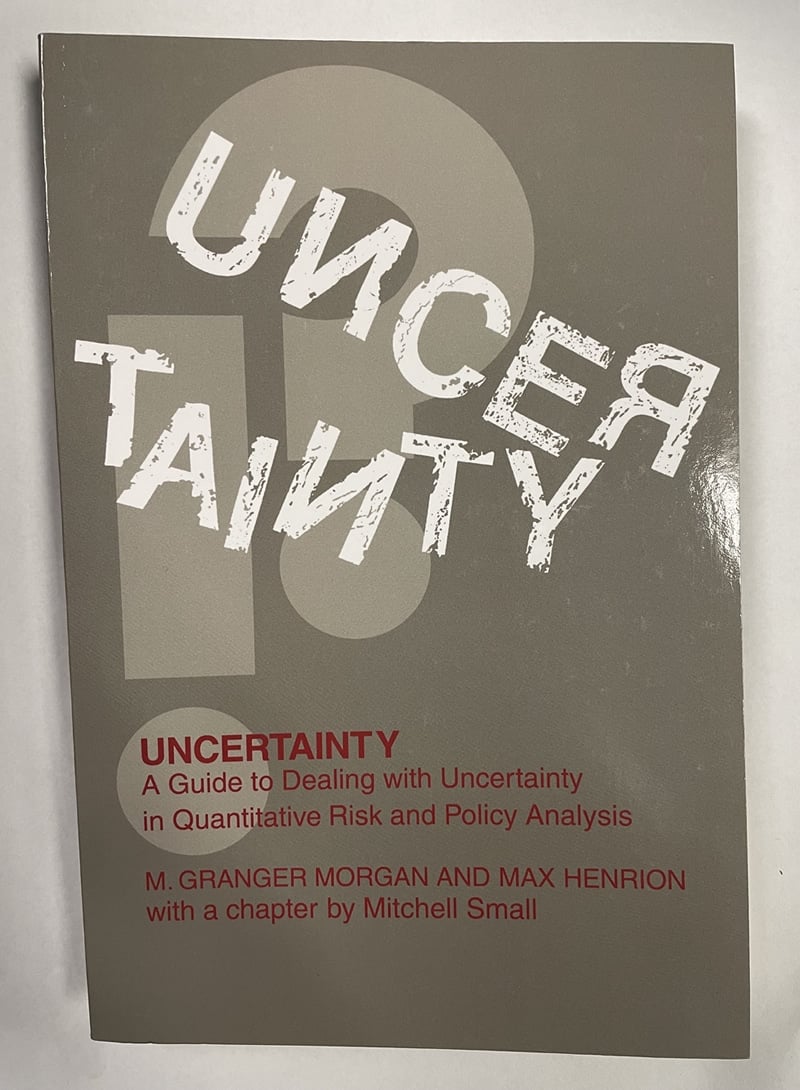Our story

The concept
As a physics student at Cambridge, Max Henrion learned that a reported number is incomplete without an estimate of its uncertainty. Later, while doing his PhD in Public Policy at Carnegie Mellon, he noticed that cost-benefit analyses and other quantitative models used for important decisions almost never mentioned the uncertainties—and not because the uncertainties were too small to matter! He also noticed that model documentation was usually obscure—or entirely absent. So, Max decided to see what he could do to fix these problems. He titled his PhD thesis “The Value of Knowing How Little You Know”. It shows why it’s a good idea to admit the uncertainty in your estimates, not just because it’s more frank, but also because it leads to better decisions. He applied decision analysis to quantify the value of the improvement as the expected value of including uncertainty (EVIU).
The book and creation of Analytica

To help get the word out, Max co-authored a book with Granger Morgan: Uncertainty: A Guide to Dealing with Uncertainty in Quantitative Risk and Policy Analysis [1]. And to make it easier to build decision models that analyzed the uncertainties, he developed a software tool that he called Demos (for DEcision MOdeling System). After finishing his PhD, he became a professor at Carnegie Mellon. Max along with Professor Granger Morgan, Brian Arnold, Charlie Wiecha, and other PhD students, conducted research funded by the National Science Foundation on better ways to model uncertainty and structuring models with influence diagrams. Colleagues at Carnegie Mellon applied Demos to a series of important policy problems, including the value of airbags for automobile safety, successful policies to reduce acid raine and mortality from air pollution, and the global risks of climate change.
The business
Eventually Max realized that academic software would never reach the number of analysts that could benefit from this work. So, he and Brian Arnold moved from Pittsburgh to Silicon Valley where they founded Lumina Decision Systems. They developed a new commercial-quality version of the software, which they called Analytica. They were joined by Lonnie Chrisman, a Carnegie Mellon PhD in Computer Science, who became Lumina’s Chief Technology Officer. Lonnie has led the Analytica development team through many releases, including the Analytica Cloud Platform.
Recognition
Today, far more quantitative models for major decisions treat uncertainty explicitly. And many use influence diagrams or similar visuals to clarify model structure. Analytica has received considerable recognition. A Lumina team using Analytica received the top Decision Analysis Practice Award for the “Rigs to Reefs” project from the Society of Decision Analysis. Max Henrion received the Frank Ramsey Medal, citing his contributions to decision analysis including EVIU and the creation of Analytica. But what we Luminaries (the Lumina team) find most rewarding is the enthusiastic appreciation for Analytica from its users. You can see examples in the testimonials around this website.





